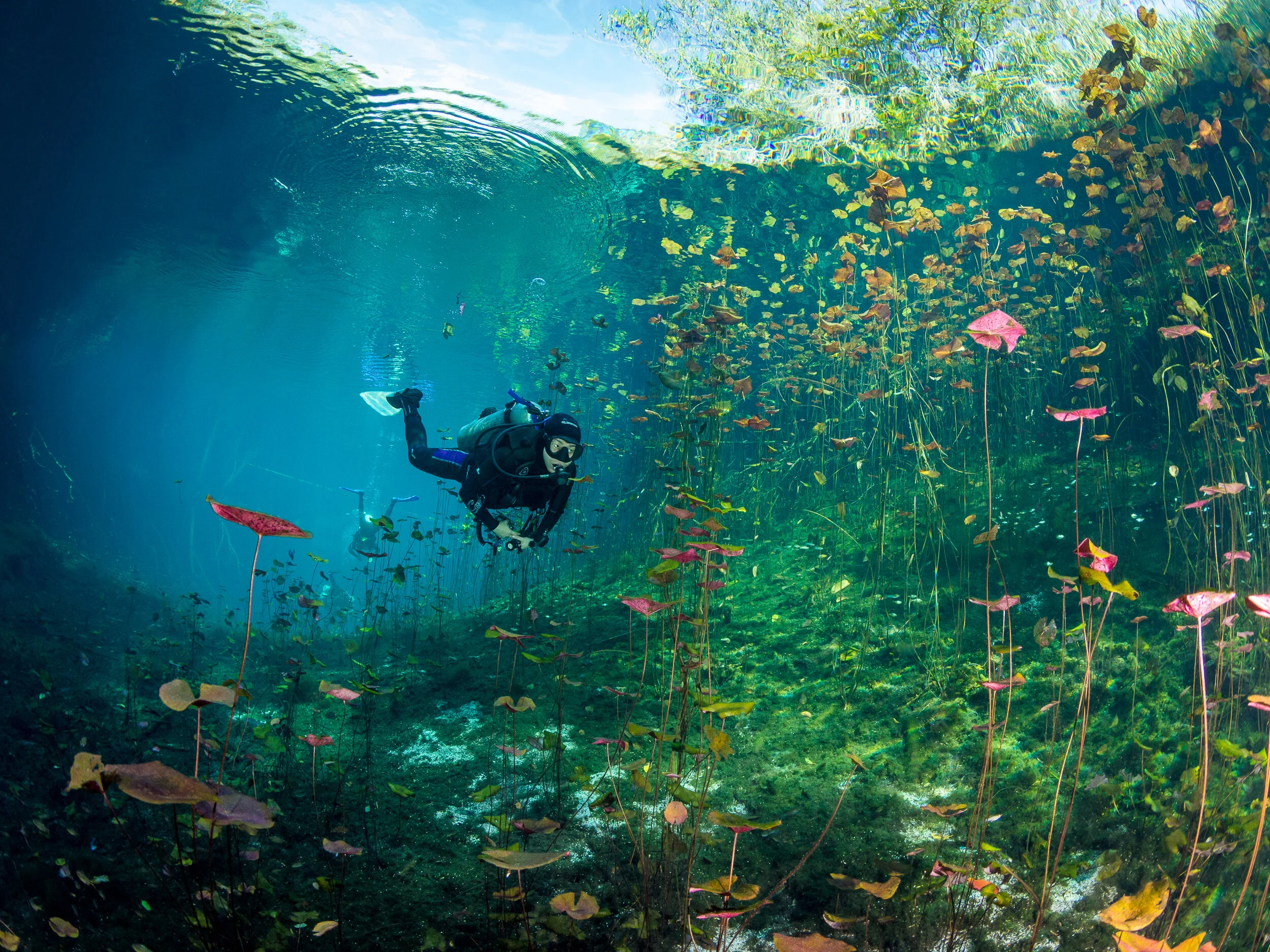Exploring the Hidden Depths: The Thrills and Challenges of Cavern Diving
Adventurers and thrill-seekers have always been drawn to the vast mysteries that lie beneath the surface of our planet. Among the various forms of underwater exploration, one activity stands out as particularly exhilarating and enigmatic: cavern diving. Journeying into the concealed realms of submerged caves is a unique and unforgettable experience that offers divers a rare glimpse into a world few have ever witnessed. In this article, we delve into the captivating world of cavern diving, exploring its allure, risks, and the essential skills required to undertake this awe-inspiring underwater adventure.
The Allure of Cavern Diving: Unlocking Nature's Secrets
Cavern diving offers a thrilling blend of excitement and tranquility that few other activities can match. The allure lies in exploring uncharted territories, witnessing magnificent geological formations, and encountering captivating marine life in an environment that is beyond the reach of most people. Caverns often possess an otherworldly beauty, with stunning stalactites and stalagmites formed over thousands of years, as well as crystal-clear waters that allow for excellent visibility.
The sense of adventure is heightened by the feeling of venturing into the unknown. Each submerged cave presents a unique environment with its own challenges and surprises. As divers navigate through narrow passageways and swim through stunning chambers, they become explorers in an underwater realm where nature's secrets are waiting to be unlocked.
Understanding the Distinction: Cavern Diving vs. Cave Diving
It's essential to differentiate between cavern diving and cave diving, as they are distinct activities that require different levels of training and equipment. Cavern diving involves exploring the entrance of submerged caves, where natural light is still visible. Divers must remain within the "light zone," ensuring they have a direct and clear path to the surface.
On the other hand, cave diving is a far more advanced and perilous pursuit, as divers venture deep into the cave systems, often beyond the reach of natural light. Cave diving demands extensive training, specialized equipment, and the ability to navigate complex passages in complete darkness, relying on lights and guidelines for safe exploration.
The Risks: Navigating the Darkness
Cavern diving, while less hazardous than cave diving, is not without its risks. The most significant danger is disorientation, which can occur when divers lose their sense of direction within the labyrinthine passageways. In such situations, panic can set in, leading to potentially fatal consequences. Furthermore, the confined spaces of caverns leave little margin for error, emphasizing the importance of proper training and preparation.
Other risks include silt disturbances, where fine sediment can impair visibility, and entanglement hazards from equipment snagging on rocks or tight spaces. Moreover, divers must be cautious about their buoyancy control to avoid damaging delicate formations or stirring up silt, which can further decrease visibility.
The Essentials: Training and Preparation
Cavern diving demands a specific skill set beyond basic open-water diving abilities. Proper training and certification from reputable diving agencies are essential before embarking on a cavern diving expedition. Divers must learn specialized techniques for navigating narrow spaces, maintaining buoyancy, and handling potential emergencies.
Preparation is key to ensuring a safe and enjoyable experience. Conducting thorough research about the cavern site, including its depth, layout, and potential hazards, is crucial. Checking weather and water conditions before the dive is also essential, as underwater visibility can be affected by external factors like rain or river currents.
Conservation and Respect for Nature
As with any form of exploration in the natural world, conservation and respect for the environment are paramount in cavern diving. Fragile cave formations, sensitive marine life, and even prehistoric artifacts may exist within these underwater wonders. Divers must adhere to responsible diving practices, avoiding any contact with the cave walls or disturbing the delicate ecosystem. This approach ensures that future generations can also marvel at the hidden beauty of these submerged treasures.
For more info :-


Comments
Post a Comment